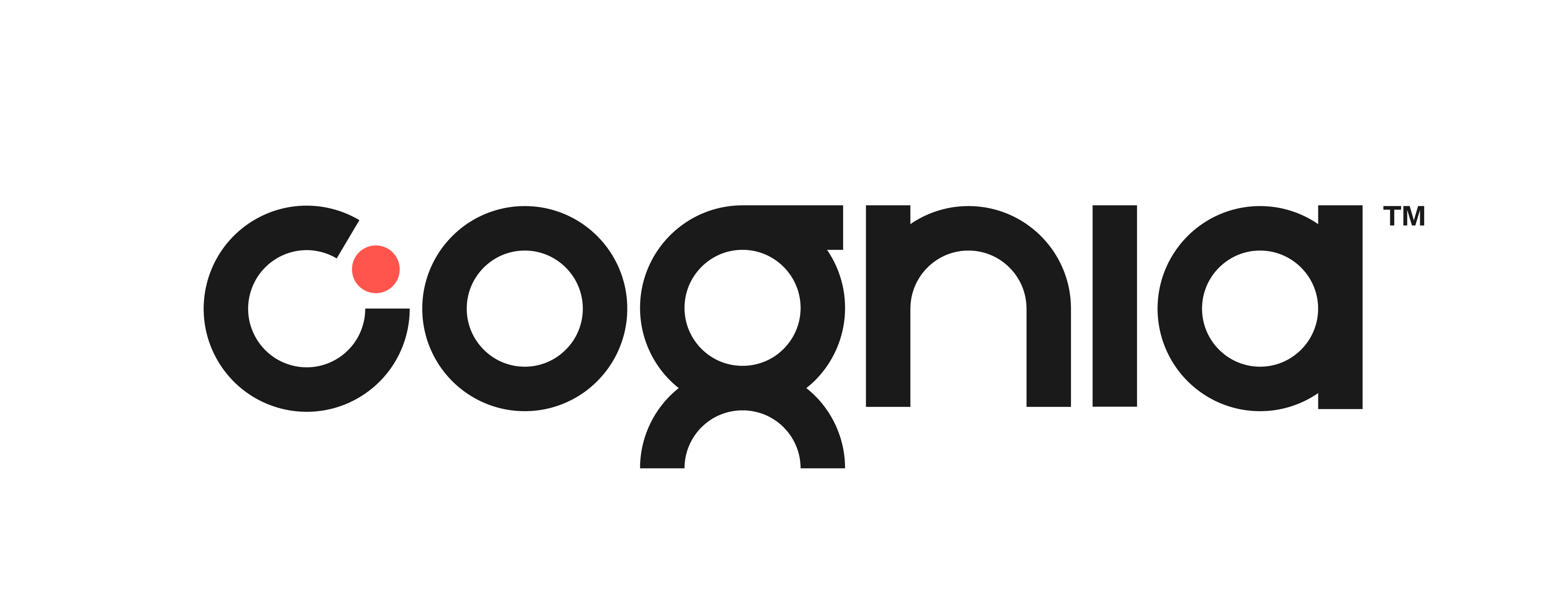How Administrators Can Support School STEM Programs
By Dianna Weinbaum

One of the challenges currently facing our society is the need to prepare more students for the realities of an uncertain future. Though rapid changes in technology and the economy make it difficult to predict what jobs may look like even a decade from now, we do know that knowledge and skills associated with STEM fields will play an ever-increasing role.
It’s no surprise that digital skills are now necessary for even entry-level occupations. The U.S. Department of Labor projects that the number of people in STEM occupations will “grow by almost 11% by 2031, over two times faster than the total for all occupations.” In addition, STEM-related problem-solving approaches, such as computational thinking and design thinking, are increasingly adopted and adapted to non-STEM work. Parents are looking for STEM learning opportunities for their children, and educators have a responsibility to help students gain these skills.
A common misconception is that high-quality STEM education requires equipment and resources that will be beyond the budget of all but a few schools. The truth is, quality STEM learning is more about adhering to high standards, instructional strategies, best practices, and learning environments than about money.
For example, Forest Heights STEM Academy, a K-8 specialty school in Arkansas, has a stellar academic reputation and a STEM program that has earned certification from Cognia. But the academy defies stereotypes about STEM education. Almost half (48%) of its students are low income, and more than half (56%) are African-American (a group typically underrepresented in STEM).
Below are some of the practices that you can follow to create and maintain your own high-quality STEM education program.
1. Provide STEM learning experiences that integrate all STEM disciplines with an emphasis on STEM-associated processes and practices.
Combining the four disciplines of science, technology, engineering, and math gives your students a much better picture of the way those subjects are applied in the real world. As a bonus, making that mental connection helps students see learning as more meaningful and boosts their motivation.
Meshing two or more disciplines is a relatively new practice for most teachers. But if they collaboratively plan to cross-teach, it’ll be easier for them to uncover linked concepts, vocabulary, and skills (e.g., using math in chemistry).
2. Engage staff members and leaders in an ongoing system of STEM-specific professional learning.
Continuously improving STEM-based educational practices through ongoing professional development is a fundamental part of a high-quality STEM instruction. Create a formal process for evaluating how professional learning has affected teachers’ instructional practices and students’ learning. You can determine professional learning needs from a variety of quantitative and qualitative data:
- STEM-focused classroom observations
- Faculty, parent, and student surveys
- Feedback from professional learning community members
Use that feedback to continually organize STEM-specific professional learning. A cyclical learning process such as instructional coaching can simplify that process. You can organize professional learning by grade level, content area, or in professional learning communities. Organizations such as Project Lead the Way and the Museum of Science|Boston’s EiE® (Engineering is Elementary) division can provide your school staff with STEM training and curricula.
3. Support your school’s STEM programs and initiatives by cultivating a diverse network of community partners and stakeholders.
Extend students’ STEM learning experiences beyond the classroom and regular school day. Partner with community organizations such as STEM businesses, post-secondary institutions, and the community at large. Representatives from those community partners can visit classrooms to talk about the STEM work they do. Teachers can advise those partners about when students will be studying a topic aligned with that STEM work, so the talk will be even more relevant. Many community partners also arrange for student field trips to their work sites so that the children can experience real-world STEM settings and maybe even some hands-on activities.
4. Engage learners in collaborative and authentic inquiry-based learning.
As previously mentioned, a major benefit of K-12 STEM education is that it provides students with the types of problem-solving skills they need for success in postsecondary studies and careers. Inquiry-based instruction hones students’ scientific inquiry skills as well as their critical thinking and problem-solving skills. Instructional formulas, such as the popular 5E instructional model, help guide teachers through the steps of inquiry-based instruction.
STEM work’s multidisciplinary nature makes collaborative skills a must-have. Schools that provide students with opportunities for group projects and discussions are preparing them for success in STEM labs, offices and even non-STEM-related fields.
5. Create a formal structure of within-school and extracurricular opportunities to extend STEM learning.
In addition to formal instruction, activities such as capstone projects, clubs, science fairs, internship days, job shadowing, and family events increase students’ STEM learning engagement. Your community partners can serve as resources for many of these activities.
6. Incorporate self-directed STEM learning.
Being given a degree of autonomy in their learning makes students feel competent and boosts their sense of ownership. Teachers can include self-directed learning by:
- Giving students a choice in how they demonstrate learning mastery
- Having students document their own progress and set individual goals for themselves
- Developing students’ meta-cognitive awareness by providing them with opportunities to reflect on their learning
7. Have learners demonstrate their learning through performance-based assessments and provide opportunities to develop self-assessment and self-monitoring skills.
Encourage STEM learners to demonstrate their knowledge through both traditional and nontraditional performance-based assessments. In addition to having students set their own learning goals as previously mentioned, student self-assessment and self-monitoring can include practices such as:
- Using exit tickets for reflection
- Creating rubrics for determining achievement
- Reflecting on their progress
Remember that you don’t have to incorporate all these practices simultaneously. Discuss what seems feasible with teachers and make plans for incremental changes (e.g., adding some of these practices to one unit of study as a starting point). Those increments can lead to schoolwide transformations.
Dianna Weinbaum is a Senior Director for Cognia, a global network of enthusiastic educators whose goals are to strengthen your schools by encompassing accreditation and certification, assessment, professional learning, and customized improvement services. For more information, please contact Dianna at dianna.weinbaum@cognia.org, by phone at 561.356.0091 or by visiting their website: www.cognia.org.
